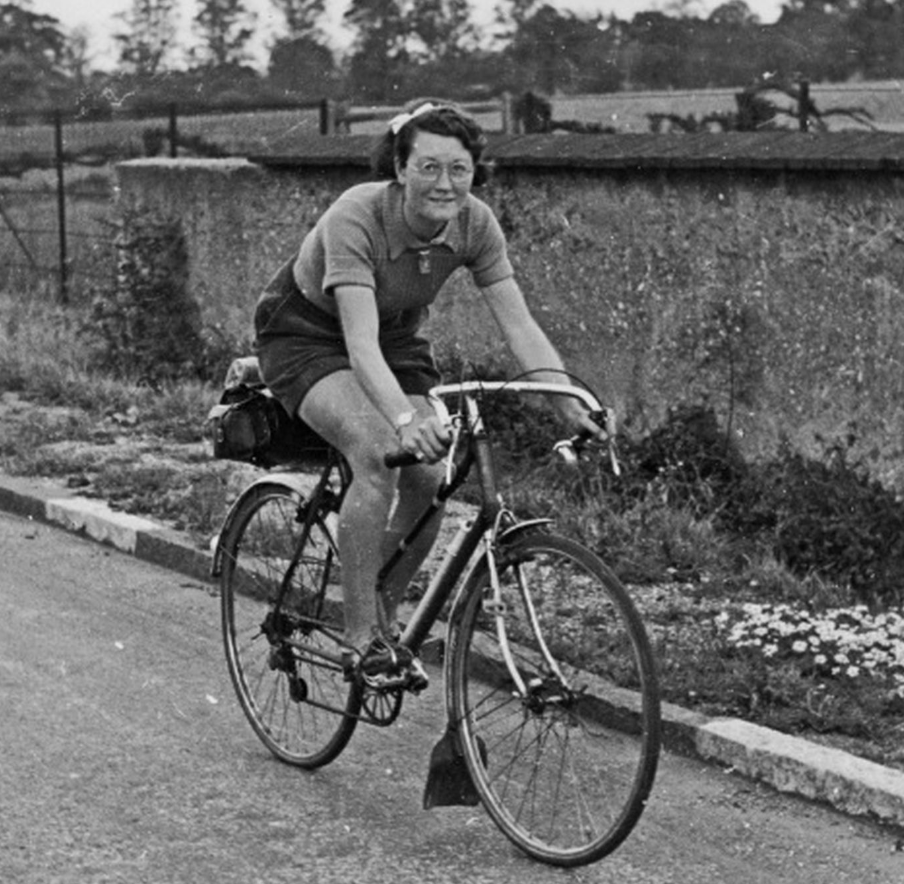The History of Women's Cycling

The history of women's cycling is a fascinating journey that spans over a century, marked by milestones, challenges, and the ongoing fight for gender equality in the sport. Here is a brief overview of the history of women's cycling:
Late 19th and Early 20th Centuries:
- The early days of women's cycling coincide with the rise of the bicycle in the late 19th century. Bicycles provided women with newfound mobility and freedom.
- In the 1890s, women started participating in cycling races, but they faced societal opposition and prejudice.
- The first recorded women's cycling race took place in 1895, organized by the London-based Stanley Cycle Club.
1920s to 1950s:
- In the 1920s, women's cycling gained more recognition. The Women's Racing League was established in Britain in 1927 to promote women's cycling.
- The Union Cycliste Internationale (UCI), the governing body for cycling, held its first Women's World Championships in 1958 for road racing.
1960s to 1980s:
- The 1960s witnessed increased participation and recognition for women's cycling. However, it still faced significant challenges, including a lack of financial support and media coverage.
- In 1971, the first Women's Tour de France, called the "Tour de France Feminin," was held. It continued until 1989, becoming one of the most prominent women's races.
- The 1984 Olympics in Los Angeles featured the introduction of women's cycling events, including road races and track events.
1990s to Present:
- The 1990s saw the growth of professional women's cycling with the establishment of dedicated women's teams and competitions.
- The UCI initiated the Women's Road World Cup in 1998, a series of races that evolved into the UCI Women's WorldTour in 2016.
- Despite progress, women's cycling still faced disparities compared to men's cycling in terms of prize money, media coverage, and opportunities.
- Efforts to promote gender equality in cycling intensified in the 2000s and 2010s, with campaigns like "La Course by Le Tour de France" being introduced in 2014, providing a one-day women's race alongside the men's Tour de France.
- The formation of new women's professional teams, advocacy groups, and the growth of social media platforms have contributed to raising awareness and support for women's cycling.
- The 2021 UCI Road World Championships held in Belgium was the first to include equal prize money for men's and women's events.
Today, women's cycling continues to grow, with more opportunities for female athletes and increased visibility. The ongoing efforts to close the gender gap in cycling have led to greater recognition and appreciation for women's achievements in the sport.

Stay connected with news and updates!
Join our mailing list to receive the latest news and updates from our team. Your information will not be shared.


